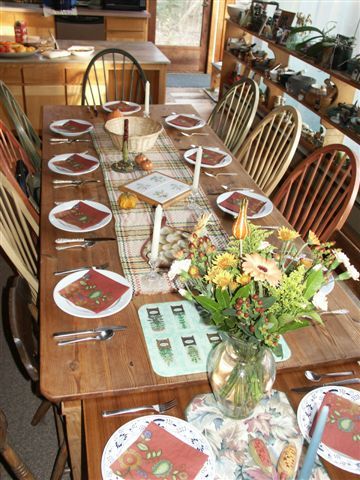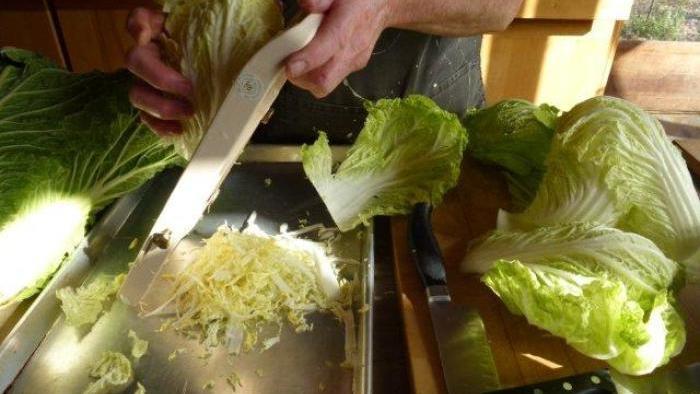
Did you know that we have writer Sarah Josepha Hale to thank for Thanksgiving? In all my years of this bounteous celebration with family and friends gathering from afar, I never really knew that someone was responsible for making it happen. I guess I thought it was carried on since the Pilgrims and the Native Americans joined together and made a feast.
Sarah was born in Newport, New Hampshire in 1788, where she grew up and learned to read even though she didn’t go to school. Among her many causes, she believed in Thanksgiving and wanted passionately to make it a national holiday. Sarah composed letters requesting her desire for this public holiday to five different presidents: Zachary Taylor, Millard Fillmore, Franklin Pierce, James Buchanan, and Abraham Lincoln.
In the long run her determination paid off and Lincoln was persuaded by her cause, delivering the following proclamation on October 3, 1863: “The year that is drawing towards its close, has been filled with the blessings of fruitful fields and healthful skies. To these bounties, which are so constantly enjoyed that we are prone to forget the source from which they come, others have been added, which are of so extraordinary a nature, that they cannot fail to penetrate and soften even the heart which is habitually insensible.” He declared that on the last Thursday of November the national holiday, Thanksgiving, would be celebrated.
I read about this story on Garrison Keillor’s The Writer’s Almanac—I subscribe online for free and look forward to this entertaining and informative daily publication.
I am glad that we have this national holiday. Tomorrow I am celebrating with 20 family members and friends here at our home. Each person brings a dish for the feast and it truly is that. We try to keep it seasonal with vegetable side dishes ranging from mashed potatoes with garlic, spiced winter squash puree, greens, sauerkraut, cornbread stuffing, cranberry and orange relish. I grew up with sauerkraut being a traditional dish to be served with turkey, though some people think it is strange. I am leaving you with a recipe for it–perhaps you’ll try and make it to go with your leftover turkey.
Happy Thanksgiving to you and yours!
Sauerkraut with Onions
This recipe lends character to straightforward sauerkraut. My Irish grandmother always put the turkey neck in the sauerkraut pot and let it cook over low heat on the back of the stove while she prepared the rest of the dinner. Traditionally, our family never had turkey without sauerkraut—I believe it is a regional thing. If you don’t make your own, look for fresh sauerkraut packed in plastic bags in the meat department of the supermarket, rather than canned. I serve this kraut with mashed potatoes, stuffing and mushroom gravy and look forward to leftovers for Reuben sandwiches. This dish is from The Onion Book by Carolyn Dille and Susan Belsinger, Interweave Press, 1996.
Serves 10 to 12
1 large yellow or white onion
1-1/2 tablespoons unsalted butter
1-1/2 to 2 pound bag sauerkraut
1 teaspoon bruised caraway seed
5 or 6 juniper berries
About 1 cup white wine; dry, but a little fruity
Peel and quarter the onion lengthwise; slice the quarters crosswise into thin slices. Melt the butter over medium heat in a large non-reactive sauté pan. Sauté the onions over medium low heat for about 10 minutes, stirring occasionally.
Drain excess liquid from the sauerkraut and add it to the onions. Add the caraway and juniper berries and stir well. Add the white wine, stir, cover, with the lid slightly ajar, and cook over medium low heat for 20 to 30 minutes. Reduce the heat if the sauerkraut is simmering and the wine is evaporating. Add a little more wine if necessary, stir and taste for seasoning.
You can keep this over low heat for awhile or reheat it before serving. Remove the juniper berries before serving. Serve hot.



















Comments
Log in or create an account to post a comment.
Sign up Log in